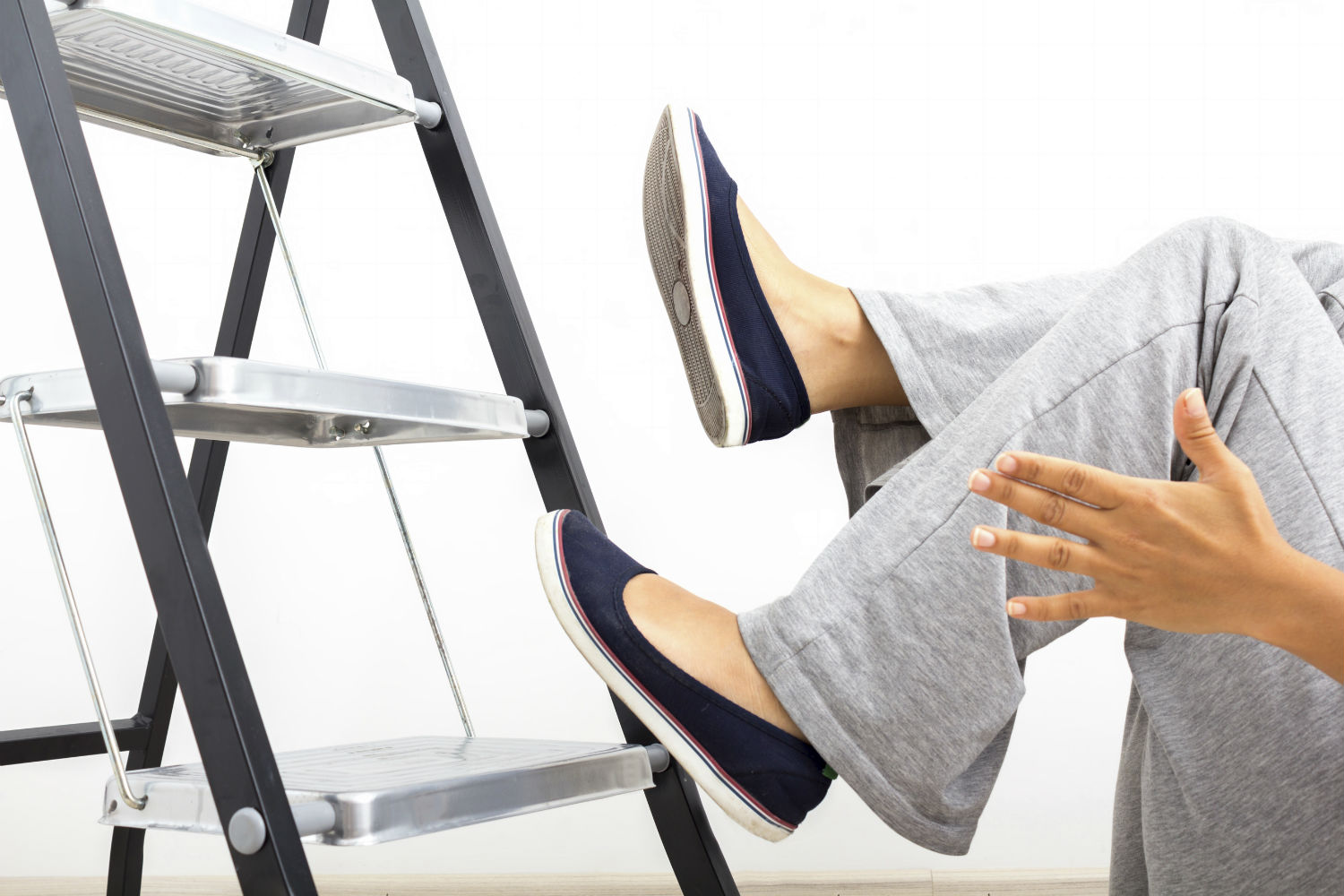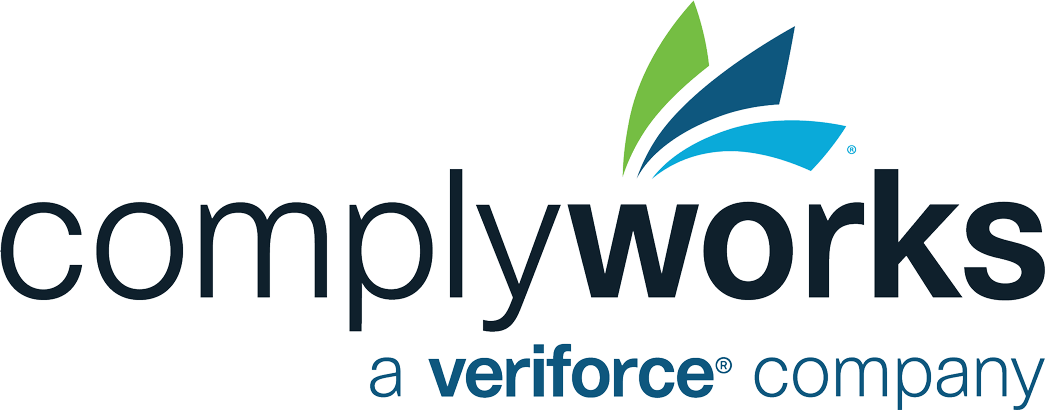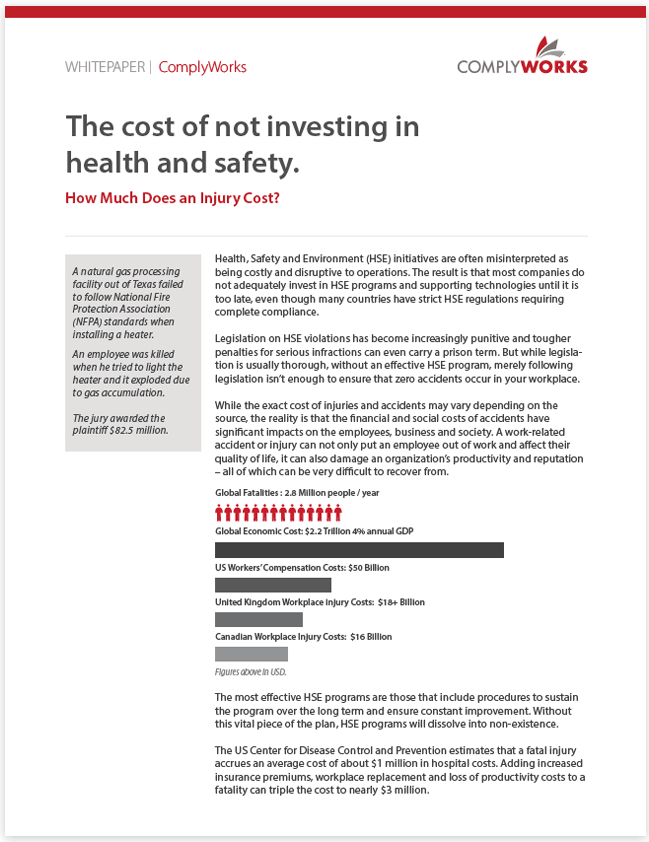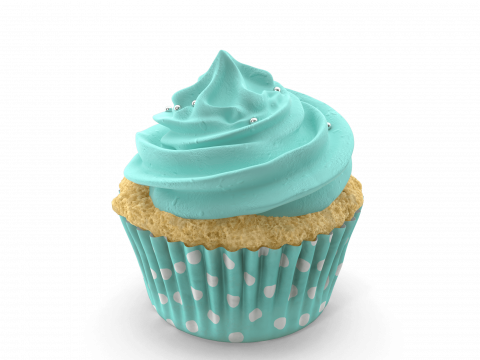
Woah – watch your step!
We're kidding – there’s nothing there – but falls at the workplace are no laughing matter. According to the Association of Workers’ Compensation Boards of Canada (AWCBC), over 42,000 workers are injured annually due to falls, and this portrays approximately 18 per cent of injuries that resulted in lost work time. If you asked the Occupational Safety and Health Administration (OSHA), they would tell you that violations in regards to fall protection standards are the most commonly cited.
Now, falls are the actual cause of these injuries. But what leads to the falls themselves?
Slips and/or trips are serious workplace hazards, which when left unaccounted for, leave employees and the business open to severe harm and potential legal action in the event of injury.
The Canadian Centre for Occupational Health and Safety defines the differences between slips and trips:
What is a trip?
Trips occur when an individual’s foot or ankle abruptly hits an object, causing them to lose their balance and potentially fall. Common causes of tripping are:
What is a slip?
Slips happen where there is not enough grip between an individual’s foot and their walking surface. Common causes of slips are:
How can your company prevent slips and trips?
Preventing slips and trips in the workplace, in many cases, comes down to maintenance and attention to detail. Common walking areas should be kept clean and unobstructed, as many people will often walk through with large items in hand or with other topics on their mind. Keeping flooring and overhead lighting in good condition is also a wise decision which could prevent any slips or trips. And finally, mark spills and wet areas, cleaning up in a timely fashion.
Tips for avoiding a fall at work:
Workplace injuries can be costly – in more ways that one. Learn more about the cost of health and safety by downloading our white paper today, or forward any questions you have about health and safety to ComplyWorks staff.







